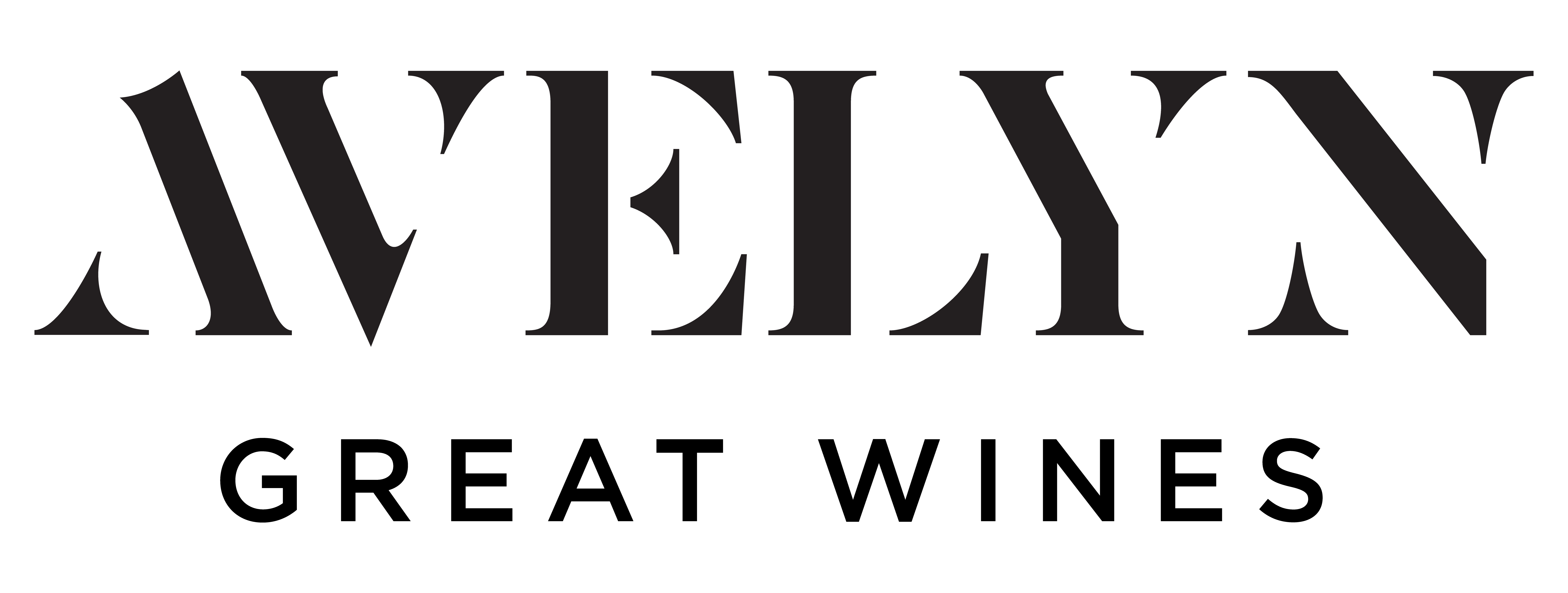The Castle of Castellengo, on the hills of Biella under the Monte Rosa massif, has been producing exquisite wines for centuries. They are produced in the surrounding wineyards on ancient submarine glacial land, where mostly Nebbiolo and Erbaluce grapes have always been cultivated. Magda and Alessandro Ciccioni revisit this tradition daily by recuperating ancient vineyards in an almost archaeological way. They re-established a historical property that is now called Centovigne (100 vineyards) because it is made up of many small vineyards spread out on the hills between the Castle of Castellengo and Mottalciata in northern Piedmont (Alto Piemonte). The eighteenth-century wine cellars use concrete thanks and big durmast (oak) barrels to age and elevate wines, bringing together new knowledge and old traditions for a combination of technology and history. Our roots go back to 1682, date of the document with the list of how many wine presses, how many barrels and how many vats, were located inside the Castle of Castellengo. On September 28, 1748 the Cabreo was drawn up, a judicial report relating to the feudal properties of Castellengo, where the extension of the vineyards and cultivation systems were determined. In 1888 the summary prospectus of the Sella Company in Castellengo appears with the income and expenses relating to the sale of the Castellengo.









